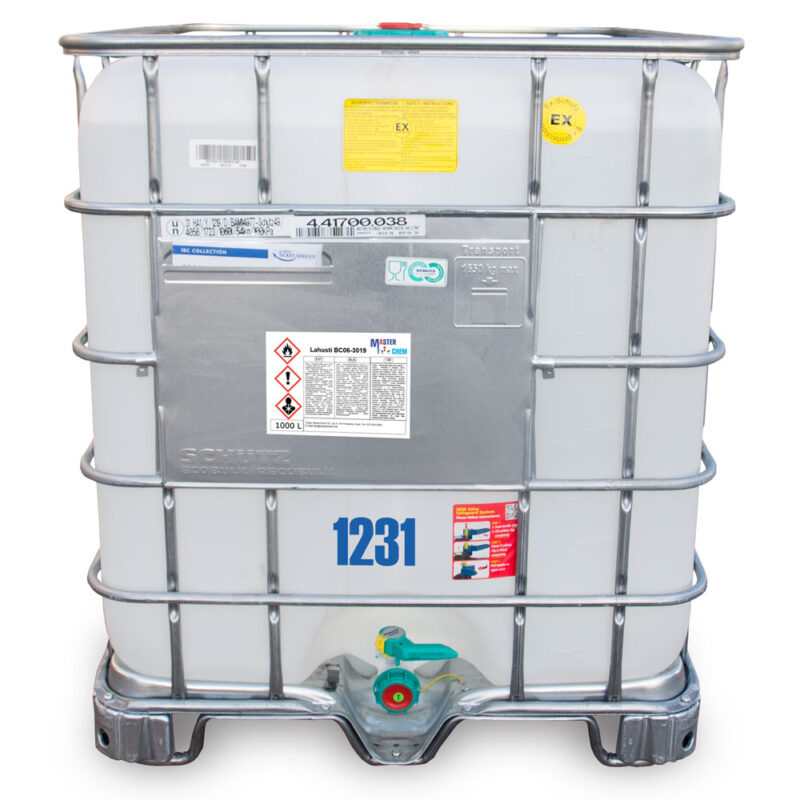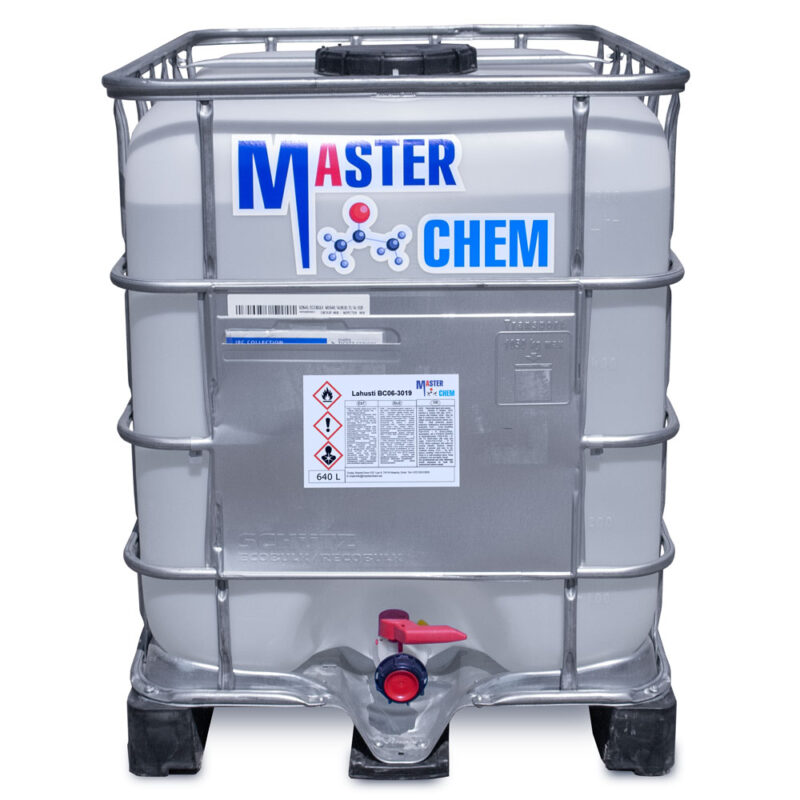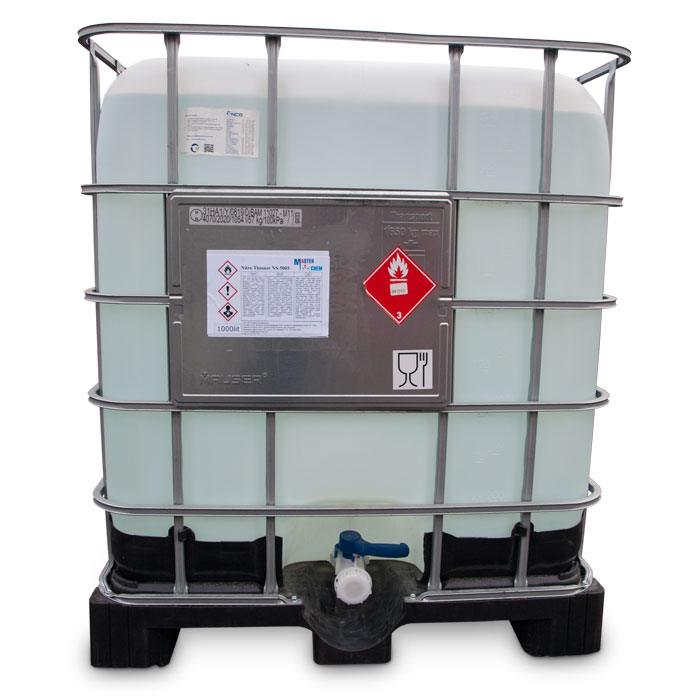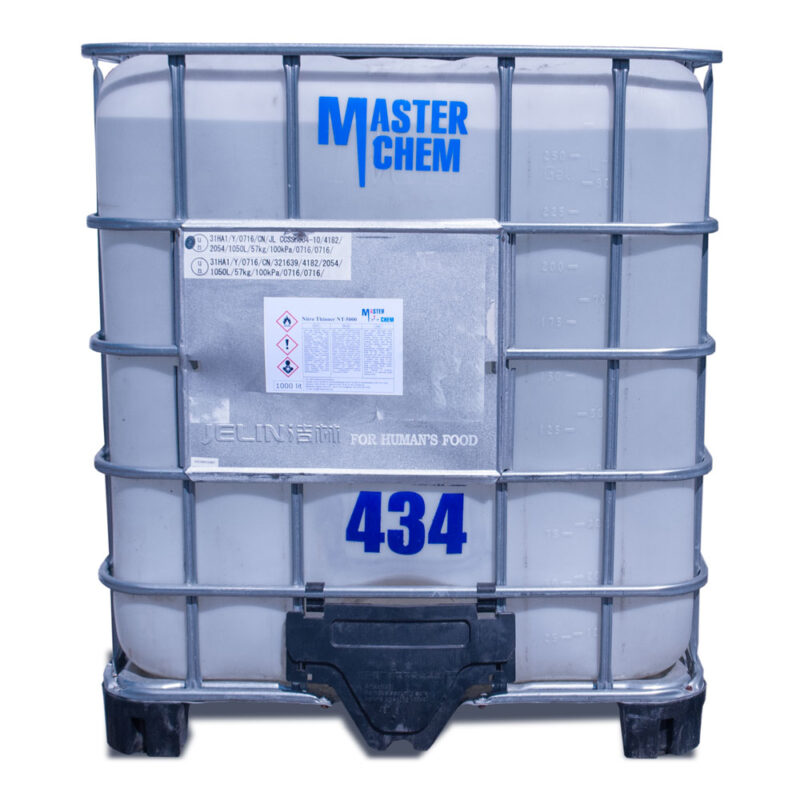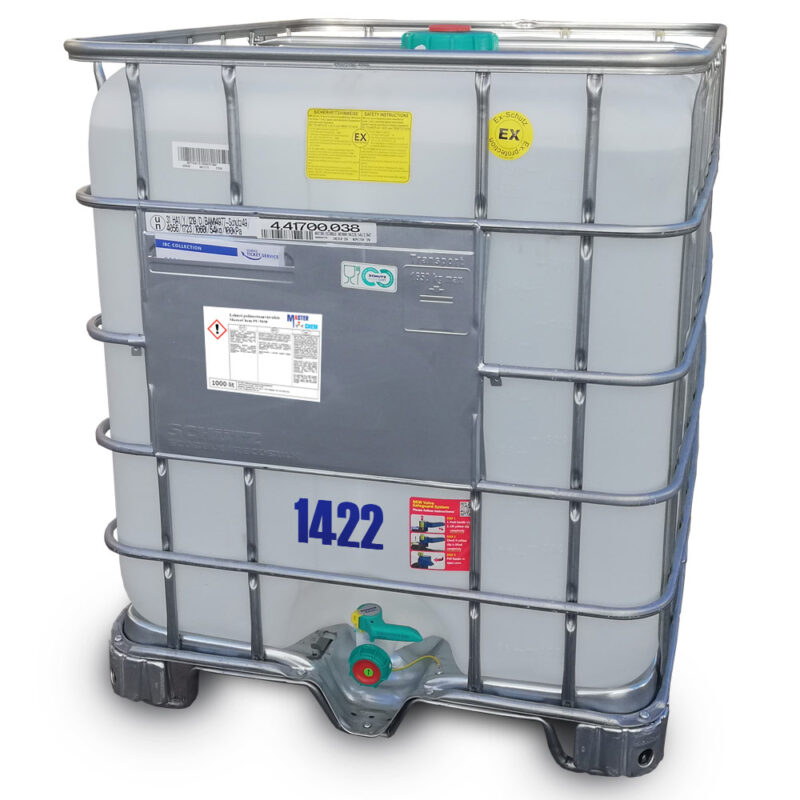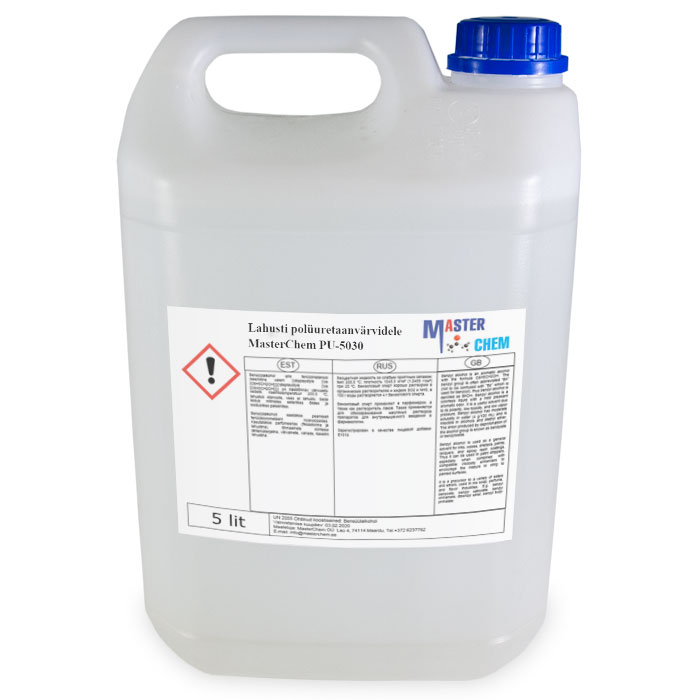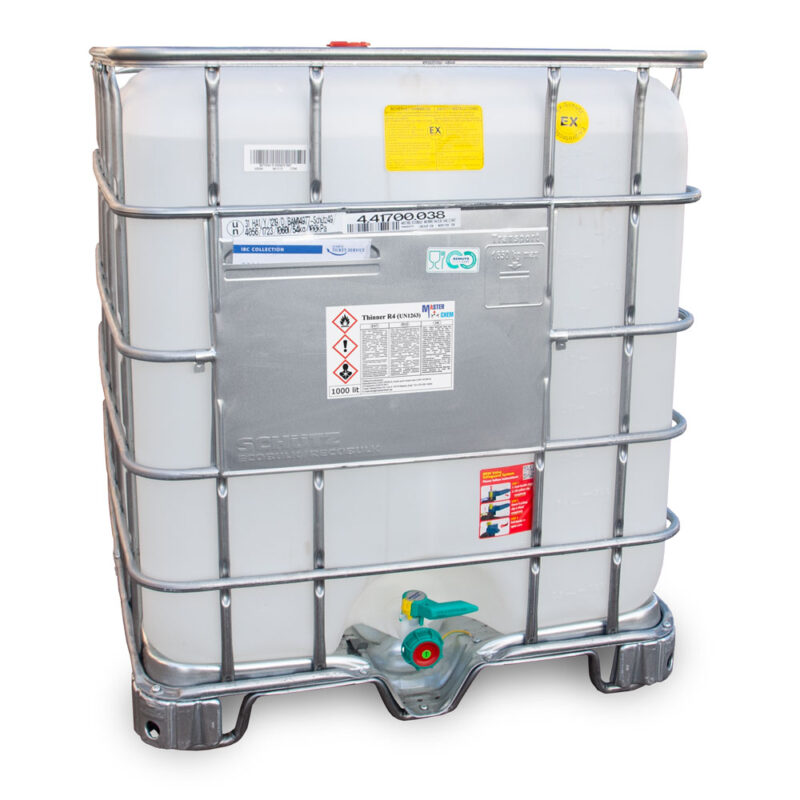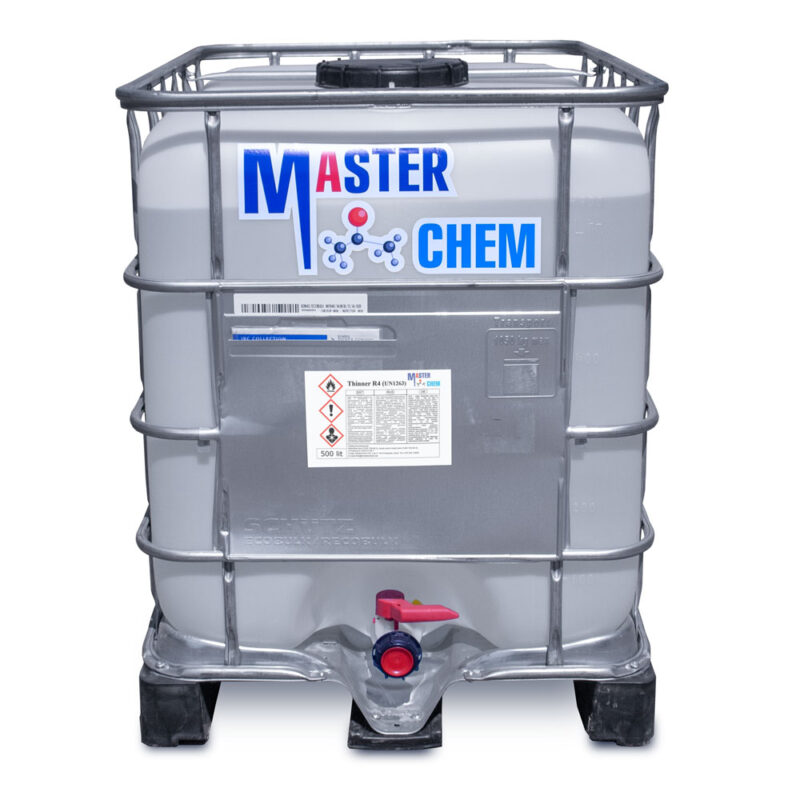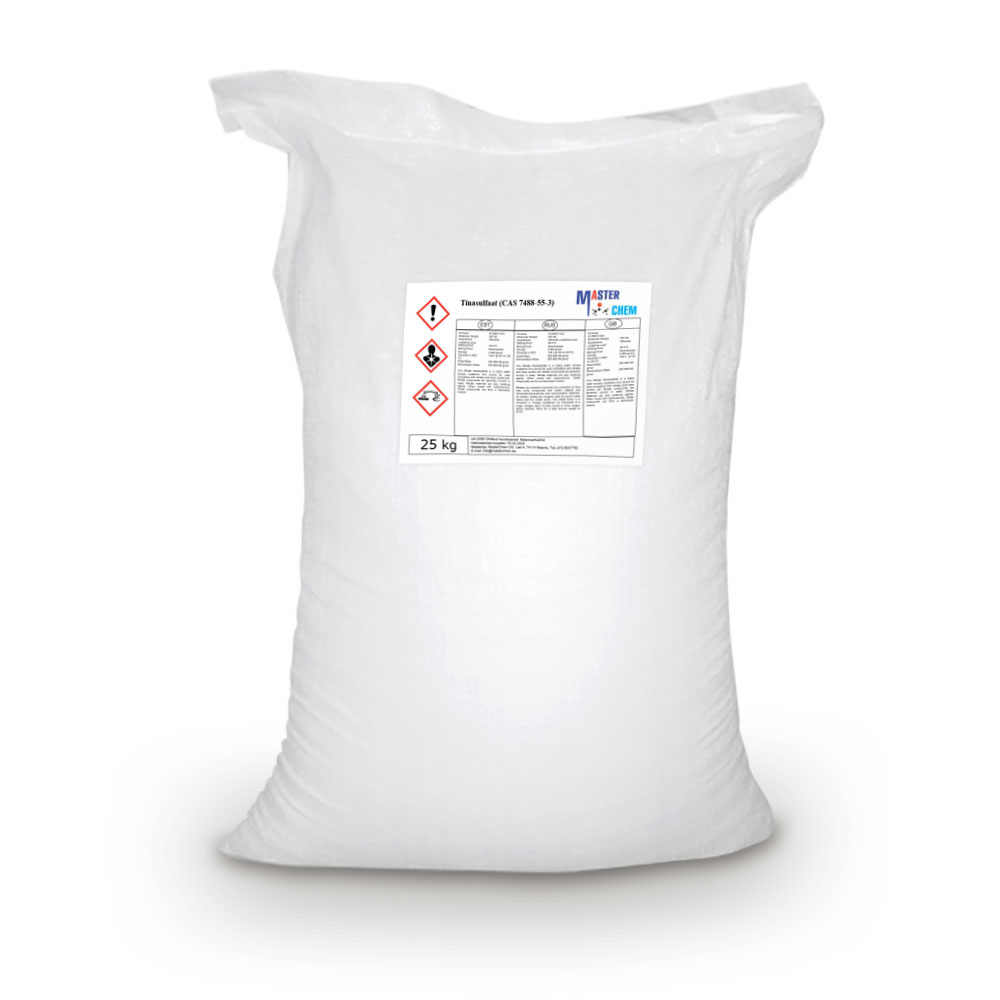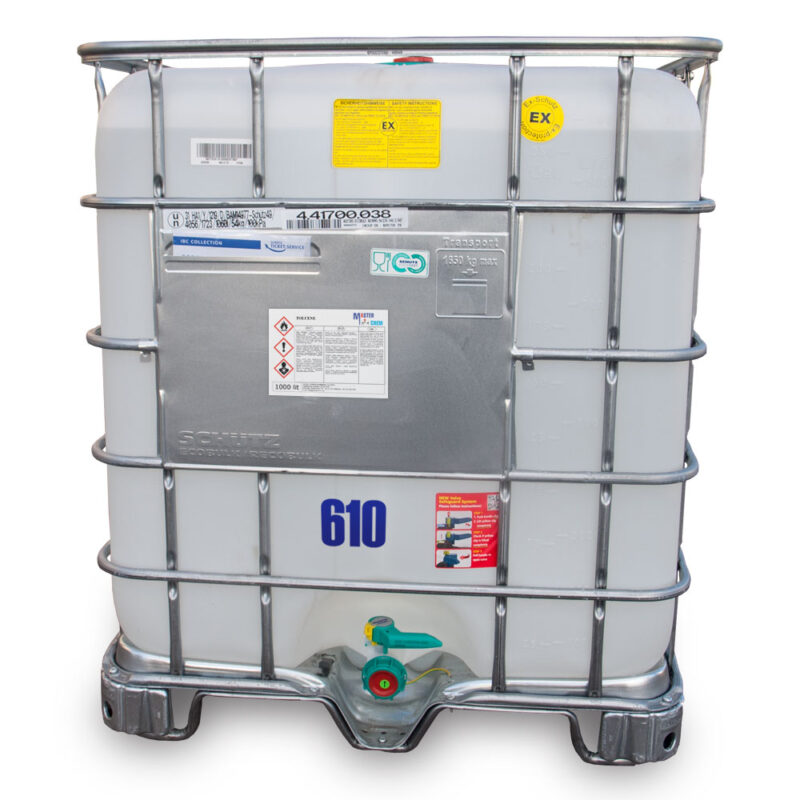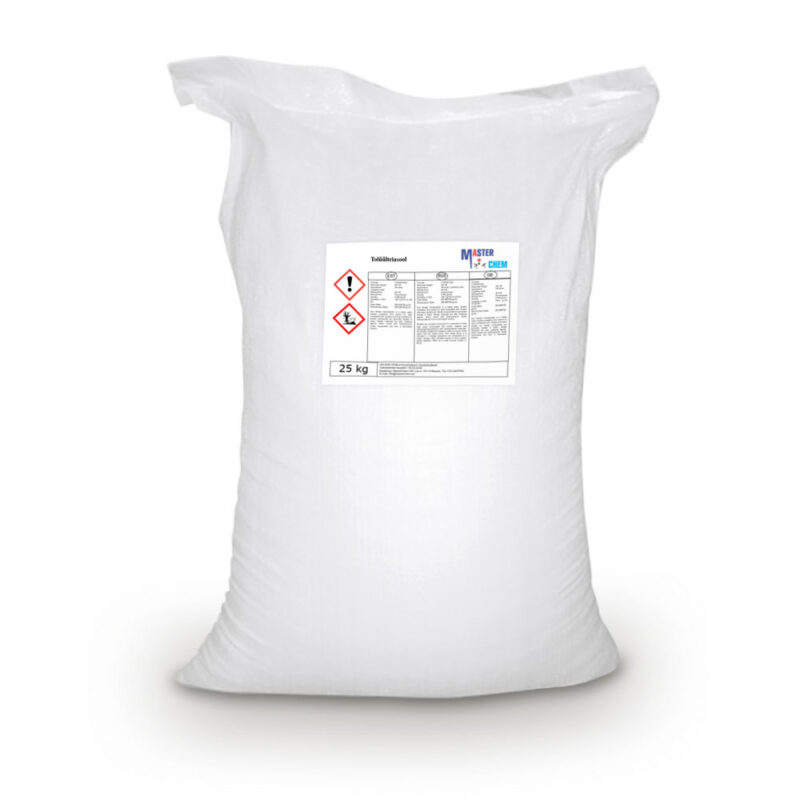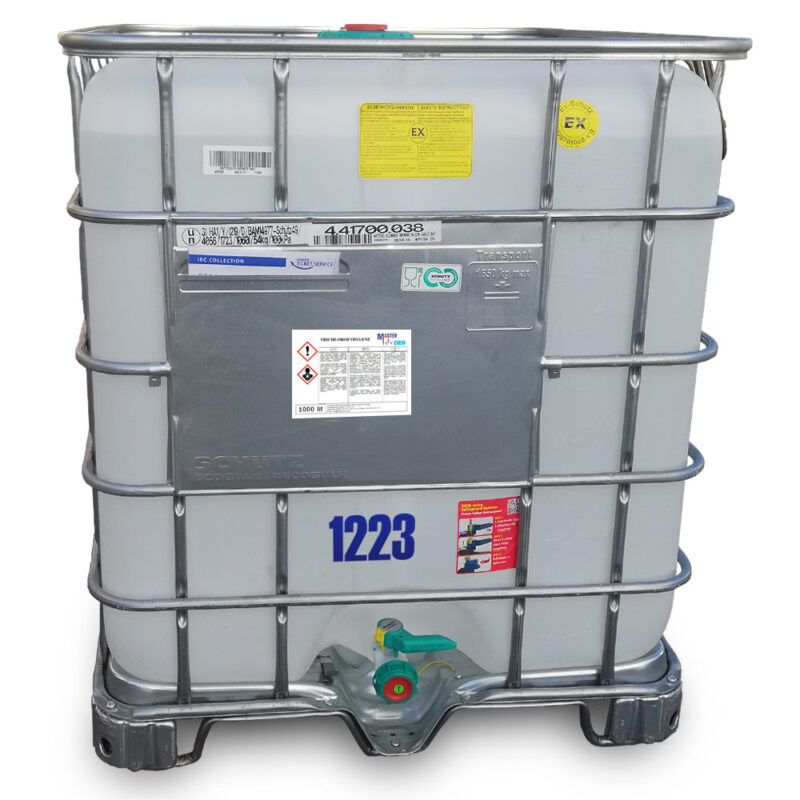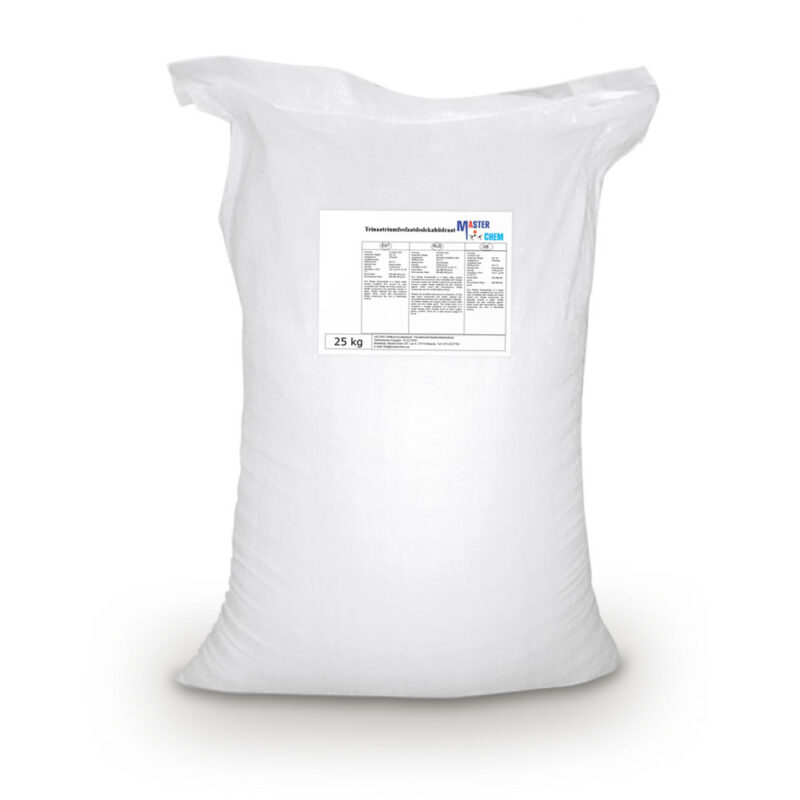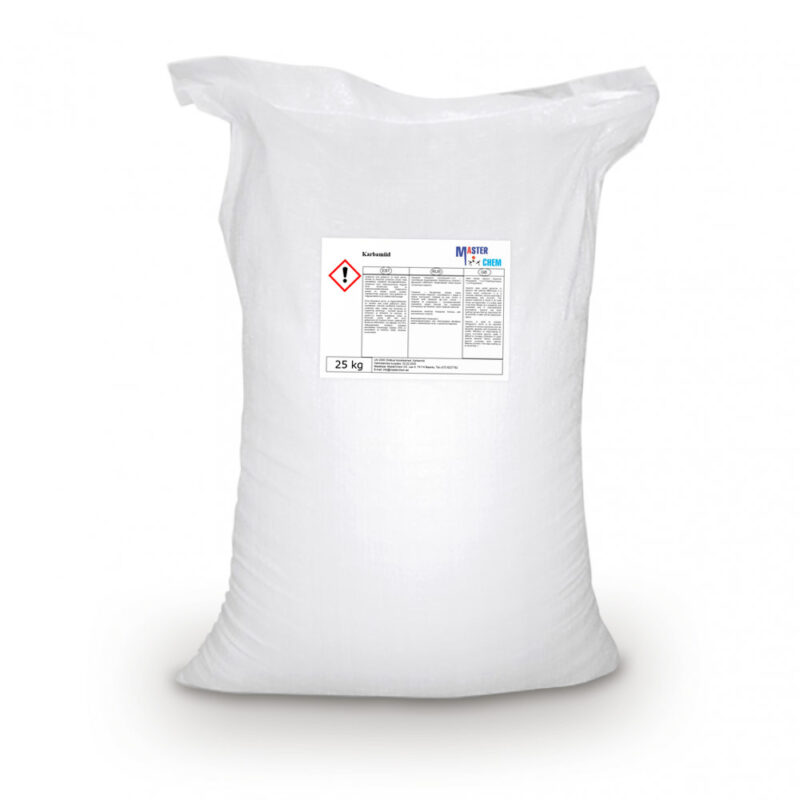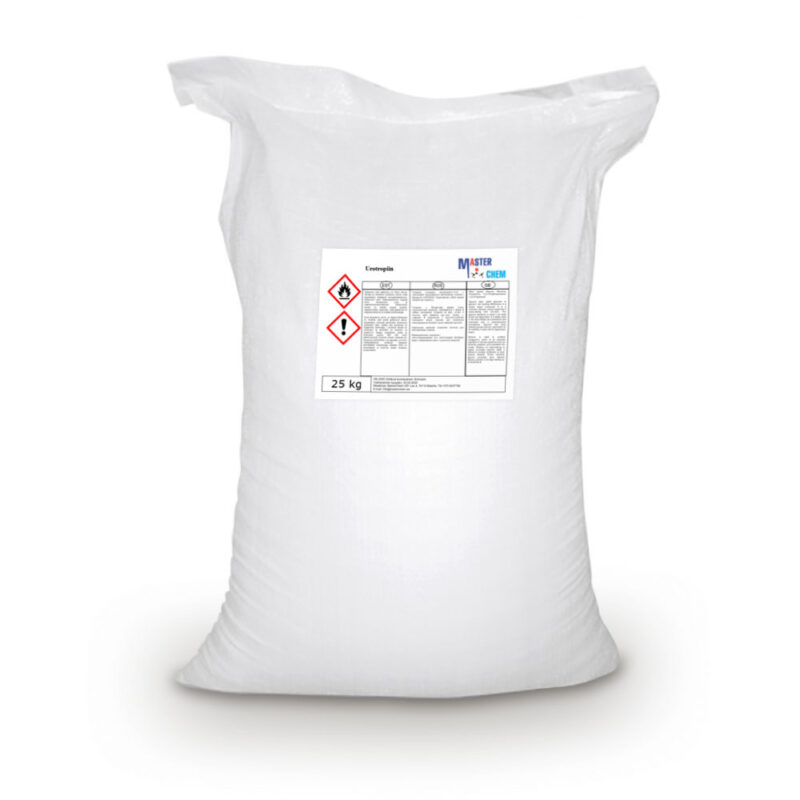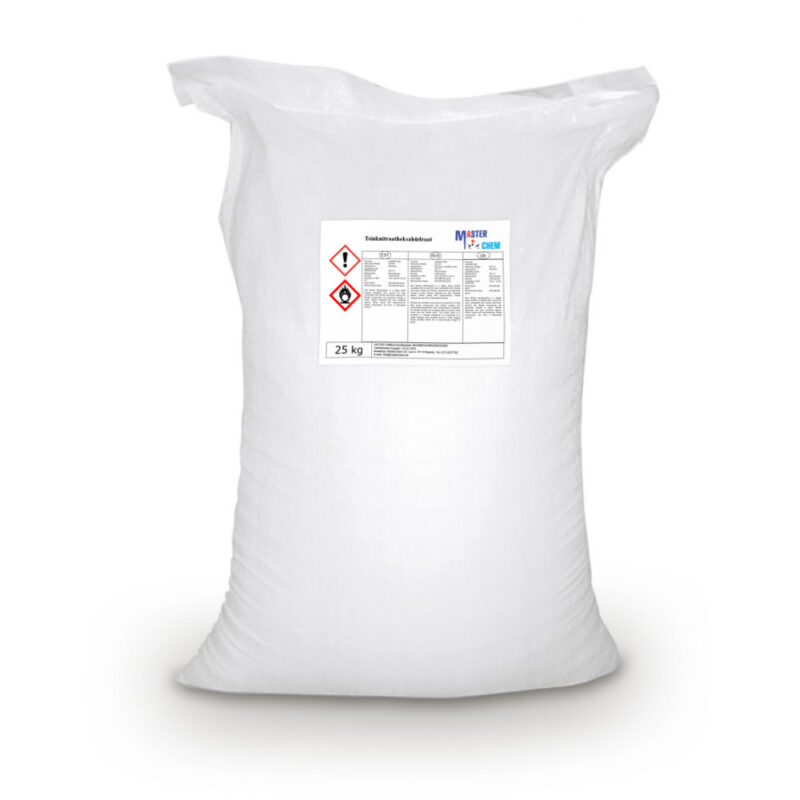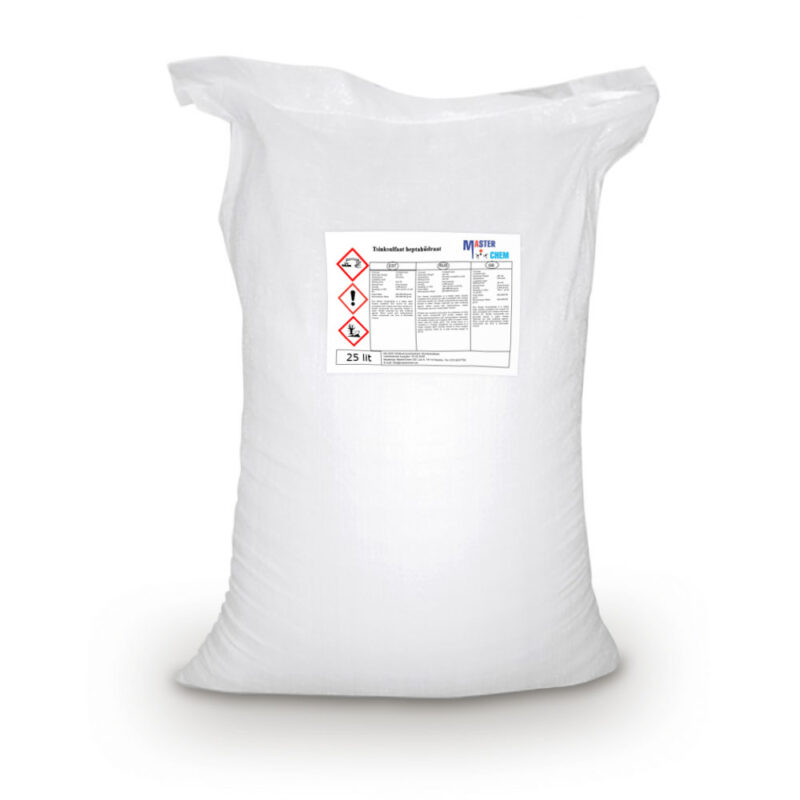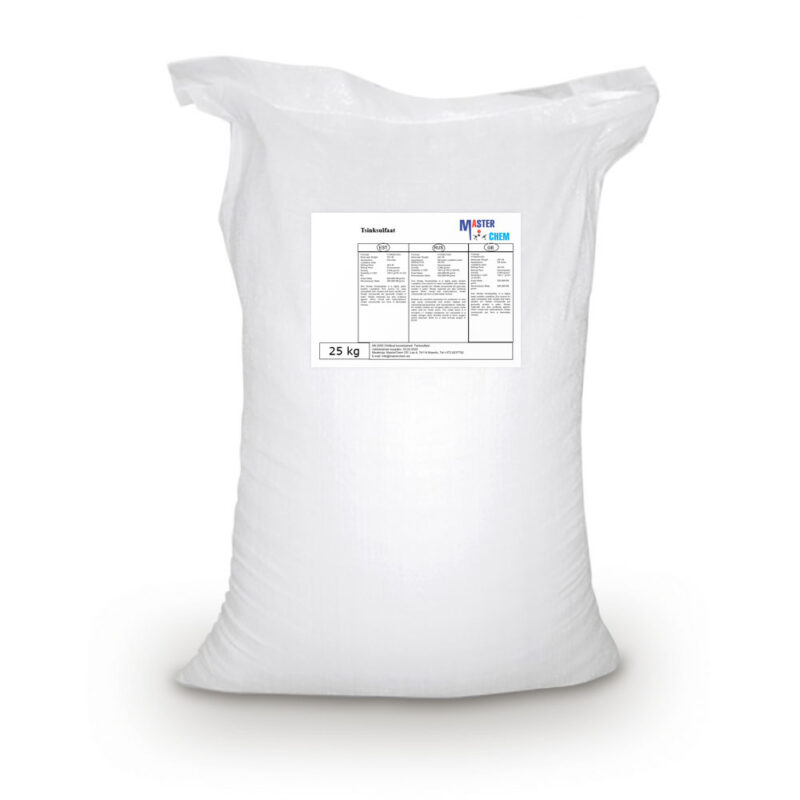Thinner BC06-3019
Solvent BC06-3019 – brake cleaner that effectively removes dirt.
A very fast evaporating cleaning agent that removes the smallest oil particles from the surface.
Our product is unique in that it is completely volatile and leaves no residue. Does not contain acetone or acetates. Does not cause corrosion. Can be used with different types of plastics. May cause damage rubber products.
Used to remove grease, oil, soot, brake dust and fluid. Due to its fast drying time it is possible to use the cleaned parts almost immediately and continue the work.
It is also suitable for use as a universal technical cleaner for all mechanical parts for cleaning from oil and other contaminants.
Solvent BC06-3019 can also be used to clean electrical contacts and connections
Physical and chemical properties:
Color: transparent, colorless.
Odor: slight special odor
Thinner Nitro NS-5005 industrial thinner
NITRO THINNER NS-5005 is modified thinner NS-5001This product also as a mixture of quality organic solvents (6 components), but percentage of content ketones is smaller. And as a result has higher flashpoint. Recomend to use in enterprices with automatic equipment. This is a product used for thinning lacquers, paints, enamel, varnishes and for cleaning the corresponding brushes, rollers and other tools. MasterChem produce this product directly.
Thinner Nitro NT-5000
THINNER NITRO, as a mixture of quality organic solvents (6 components).This is a product used for thinning lacquers, paints, enamel, varnishes and for cleaning the corresponding brushes, rollers and other tools. MasterChem produce this product directly.
Thinner PU-5030
Application and use:
– used to correct the viscosity of polyurethane paints, varnishes when painting wood and metal,
– dilution of polyurethane putties,
– degreasing and removal of dust from metal surfaces,
– thinning paint and cleaning tools,
– washing spray guns and other equipment after using paints and varnishes.
Packaging:
20 lit metal can UN
25 lit plastic can
200 lit drum/barrel
500 lit IBC container
1000 lit IBC container
BULK
Tip:
Store and transportation product at a temperature between -25 °C and 25 °C and do not expose it to direct sunlight.
Properties:
Density: at 20 degrees C – 0.88 g/cm3 +-0.05
Color – colorless liquid
Thinner R4
Thinner P4 is a standard solvent for metal paints. It is a mixture of three organic liquids (aromatic hydrocarbons, ketones, esters). Easily launders various contaminants. MasterChem has been producing this solvent directly for over 20 years.
Tin Sulphate (CAS 7488-55-3)
Tin Sulphate (CAS 7488-55-3)
Tin(II) sulfate (SnSO4) is a chemical compound. It is a white solid that can absorb enough moisture from the air to become fully dissolved, forming an aqueous solution; this property is known as deliquescence. It can be prepared by a displacement reaction between metallic tin and copper(II) sulfate: Sn (s) + CuSO4 (aq) → Cu (s) + SnSO4 (aq)
Tin(II) sulfate is a convenient source of tin(II) ions uncontaminated by tin(IV) species.
Toluene (CAS 108-88-3)
Other names: Phenyl methane, Toluol, Anisen, Methyl benzene
Toluene, also known as toluol, is an aromatic hydrocarbon. It is a colorless, water-insoluble liquid with the smell associated with paint thinners. It is a mono-substituted benzene derivative, consisting of a CH3 group attached to a phenyl group. As such, its IUPAC systematic name is methylbenzene. Toluene is predominantly used as an industrial feedstock and a solvent.
CAS: 108-88-3
Tolyltriazole (CAS 29385-43-1)
Tolyltriazole (CAS 29385-43-1)
Tan to light brown granules or beige pellets with a characteristic odor. A potential labelled nitrification inhibitor of urea fertilizer in agricultural soils.
Trichloroethylene (CAS 79-01-6)
Other names: 1,1,2-Trichloroethene, 1,1-Dichloro-2-Chloroethylene, 1-Chloro-2,2-Dichloroethylene, Acetylene Trichloride, TCE, Trethylene, Triclene, Tri, Trimar, Trilene, HCC-1120
The chemical compound trichloroethylene is a halocarbon commonly used as an industrial solvent. It is a clear non-flammable liquid with a sweet smell. It should not be confused with the similar 1,1,1-trichloroethane, which is commonly known as chlorothene.
The IUPAC name is trichloroethene. Industrial abbreviations include TCE, trichlor, Trike, Tricky and tri. It has been sold under a variety of trade names. Under the trade names Trimar and Trilene, trichloroethylene was used as a volatile anesthetic and as an inhaled obstetrical analgesic in millions of patients.
CAS: 79-01-6
Trisodium Phosphate Dodecahydrate (CAS 10101-89-0)
Trisodium Phosphate Dodecahydrate (CAS 10101-89-0)
Sodium phosphate tribasic dodecahydrate is also known as trisodium phospate or TSP. It is a highly soluble in water and widely used as a cleaning agent. The pH of a 1% solution is typically around 12, making this reagent sufficiently alkaline for saponification of grease and oils. In combination with surfactants, TSP is an excellent agent for cleaning everything from laundry to concrete driveways. This versatility and low manufacturing price made TSP the basis for a plethora of cleaning products sold in the mid-20th century. Trisodium phosphate is used in the isolation of mycobacteria, including culturing of tubercle bacilli. Has been used as a protein precipitant in certain applications and in co-precipitation and fractionization of nucleotides. May be used for the preservation of biologically active soil samples. Because of the alkaline pH, TSP disrupts cytoplasmic and outer membranes of Salmonella enterica cells making it useful in preventing the spread of bacteria.It is used in photographic developing, clarifying sugar, removing boiler scale, softening water and manufacturing of paper. They are added to many foods as an emulsifier to prevent oil separation. It can be utilized as a leavening agent. Some instances of these foods include the batter coating on breaded fish or chicken, and commercially baked cakes. Adding this item to food increases the shelf life of the food, maintaining the texture and visual aspect of the food.
Urea (CAS 57-13-6)
Urea (CAS 57-13-6)
Urea, also known as carbamide, is an organic compound with chemical formula CO(NH2)2. This amide has two –NH2 groups joined by a carbonyl (C=O) functional group.
Urea serves an important role in the metabolism of nitrogen-containing compounds by animals and is the main nitrogen-containing substance in the urine of mammals. It is a colorless, odorless solid, highly soluble in water, and practically non-toxic (LD50 is 15 g/kg for rats).[6] Dissolved in water, it is neither acidic nor alkaline. The body uses it in many processes, most notably nitrogen excretion. The liver forms it by combining two ammonia molecules (NH3) with a carbon dioxide (CO2) molecule in the urea cycle. Urea is widely used in fertilizers as a source of nitrogen (N) and is an important raw material for the chemical industry.
Friedrich Wöhler discovered that urea can be produced from inorganic starting materials, which was an important conceptual milestone in chemistry in 1828. It showed for the first time that a substance previously known only as a byproduct of life could be synthesized in the laboratory without biological starting materials, thereby contradicting the widely held doctrine of vitalism, which stated that only living things could produce the chemicals of life.
Urotropine (stabilized, unstablished) (CAS 100-97-0)
Urotropine (stabilized, unstablished) (CAS 100-97-0)
Hexamethylenetetramine, also known as methenamine, hexamine, or urotropin, is a heterocyclic organic compound with the formula (CH2)6N4. This white crystalline compound is highly soluble in water and polar organic solvents. It has a cage-like structure similar to adamantane. It is useful in the synthesis of other organic compounds, including plastics, pharmaceuticals, and rubber additives. It sublimes in vacuum at 280 °C.
Zinc nitrate hexahydrate (CAS 10196-18-6)
Zinc nitrate hexahydrate (CAS 10196-18-6)
Zinc Nitrate Hexahydrate is a highly water soluble crystalline Zinc source for uses compatible with nitrates and lower (acidic) pH. Nitrate compounds are generally soluble in water. Nitrate materials are also oxidizing agents. When mixed with hydrocarbons, nitrate compounds can form a flammable mixture. Nitrates are excellent precursors for production of ultra high purity compounds and certain catalyst and nanoscale(nanoparticles and nanopowders) materials. All metallic nitrates are inorganic salts of a given metal cation and the nitrate anion. The nitrate anion is a univalent (-1 charge) polyatomic ion composed of a single nitrogen atom ionically bound to three oxygen atoms (Symbol: NO3) for a total formula weight of 62.05.
Zinc Sulphate Heptahydrate (CAS 7446-20-0)
Zinc Sulphate Heptahydrate (CAS 7446-20-0)
Zinc sulfate is an inorganic compound. It is used as a dietary supplement to treat zinc deficiency and to prevent the condition in those at high risk. Side effects of excess supplementation may include abdominal pain, vomiting, headache, and tiredness.
The most common form includes water of crystallization as the heptahydrate, with the formula ZnSO4•7H2O. It was historically known as “white vitriol”. Zinc sulfate and its hydrates are colourless solids.
Zinc Sulphate Monohydreate (CAS 7446-19-7)
Zinc Sulphate Monohydreate (CAS 7446-19-7)
Zinc sulfate is an inorganic compound. It is used as a dietary supplement to treat zinc deficiency and to prevent the condition in those at high risk. Side effects of excess supplementation may include abdominal pain, vomiting, headache, and tiredness.
The most common form includes water of crystallization as the heptahydrate, with the formula ZnSO4•7H2O. It was historically known as “white vitriol”. Zinc sulfate and its hydrates are colourless solids.

